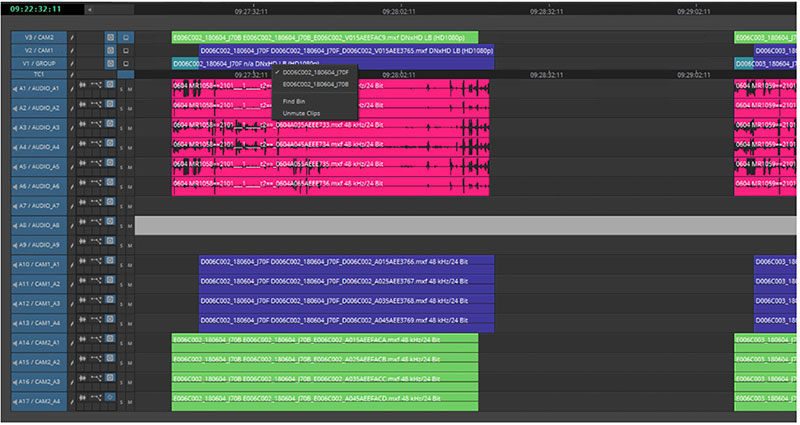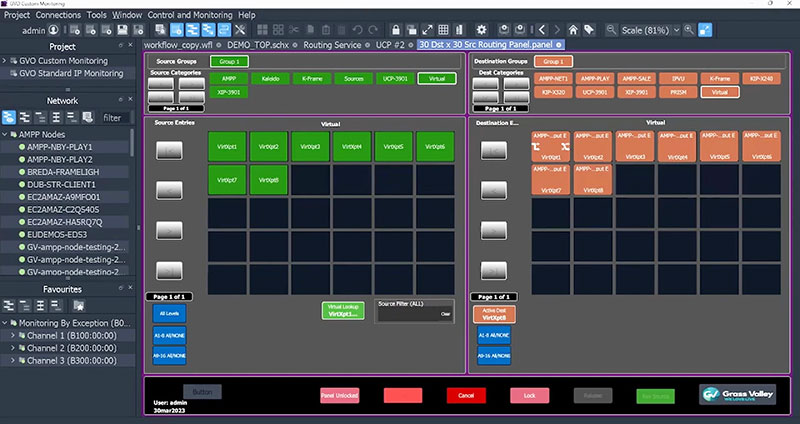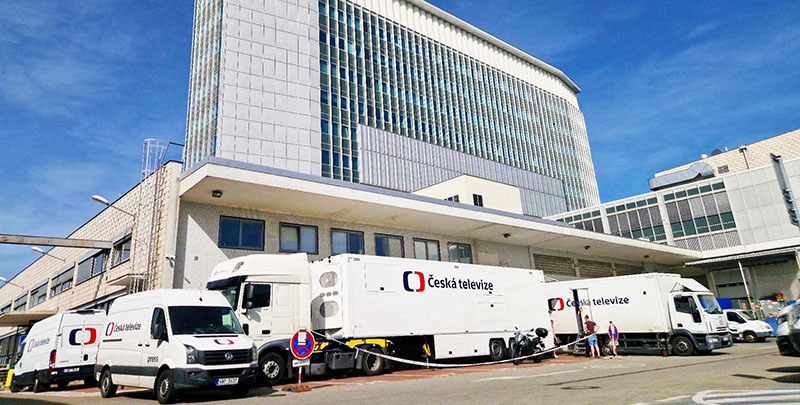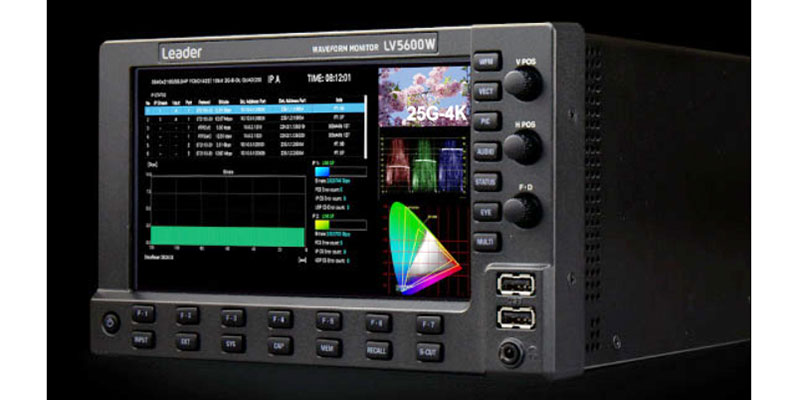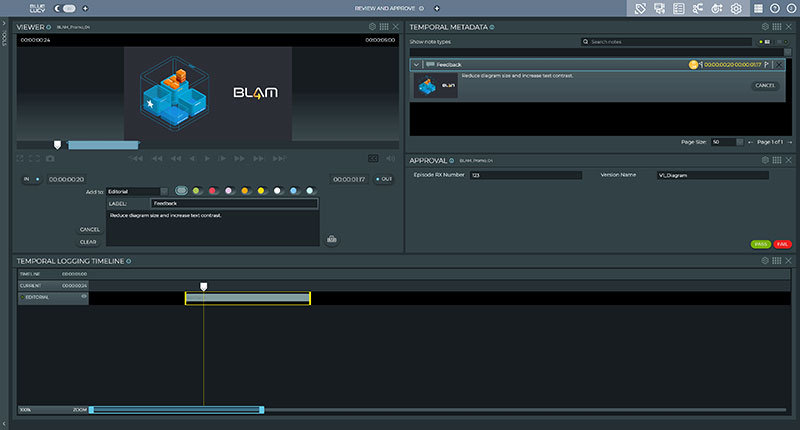Gulfsat operates 100 channels across two sites with Ateme’s TITAN encoder and video headend, covering the MENA region with linear Arabic content and preparing for OTT.

Gulfsat Communications, satellite communications and media service provider for the MENA region, has installed Ateme’s converged video headend to receive, process and transmit communication signals for its London and Kuwait sites, serving 100 mainly linear, Arabic-language channels. Gulfsat uses the new infrastructure to transmit SD and HD DTH services while preparing the system for OTT capabilities, UHD operation and other, more modern services into the future.
Gulfsat needed to replace its video headend systems in London, which service 40 channels, and in Kuwait, which service 60 channels. Following a consultation period, the converged video headend system from Ateme was chosen and deployed to cover the MENA region.
Case for Convergence
By converged, Ateme means that the headend can be used to power cable, DTH, IPTC, terrestrial and OTT services, all at once. As an IP software-based system it evolves with the user’s requirements and the latest standards. The potential bandwidth efficiency that results from a more dynamic approach can help organisations lower their costs, and reclaim bandwidth for further expansion and migration to IP video.
Rabih Salim, Technical Operations Director, Gulfsat, said, “Ateme presented a strong, future-proofed processing and delivery set-up, combined with an effective business model, making it the right choice for Gulfsat’s current and future requirements.” Instead of imposing a predefined deployment choice such as on-premises, virtualised data centre or cloud, Ateme’s headend is infrastructure neutral. The user selects the deployment currently needed and adapts the system to it, and meanwhile keeps the option to migrate later.

The installations feature Ateme’s TITAN encoding and statistical multiplexing (StatMux), an intelligent means of saving bandwidth that allows information from a number of channels to be combined for transmission over a single channel. It dynamically allocates bandwidth to each channel on an as-needed basis, only to channels that are currently transmitting. Gulfsat’s system is also ready for OTT services and features high-density encoding, which is expected to support more transmissions per amount of energy consumed.
Gulfsat’s experience with the Ateme system has been very favourable, and it is now acting as a system integrator for the Ateme converged headend for other organisations in the region.
Rajesh Jagadish, Sales Director MEA at Ateme, said, “As one of the largest DTH providers in the MENA region, Gulfsat is a recognised name among media companies. We are pleased not only to have won Gulfsat’s confidence for its own installations, but to also have built a strong partnership with its team to help other organizations in the region with similar technical requirements.” www.ateme.com





